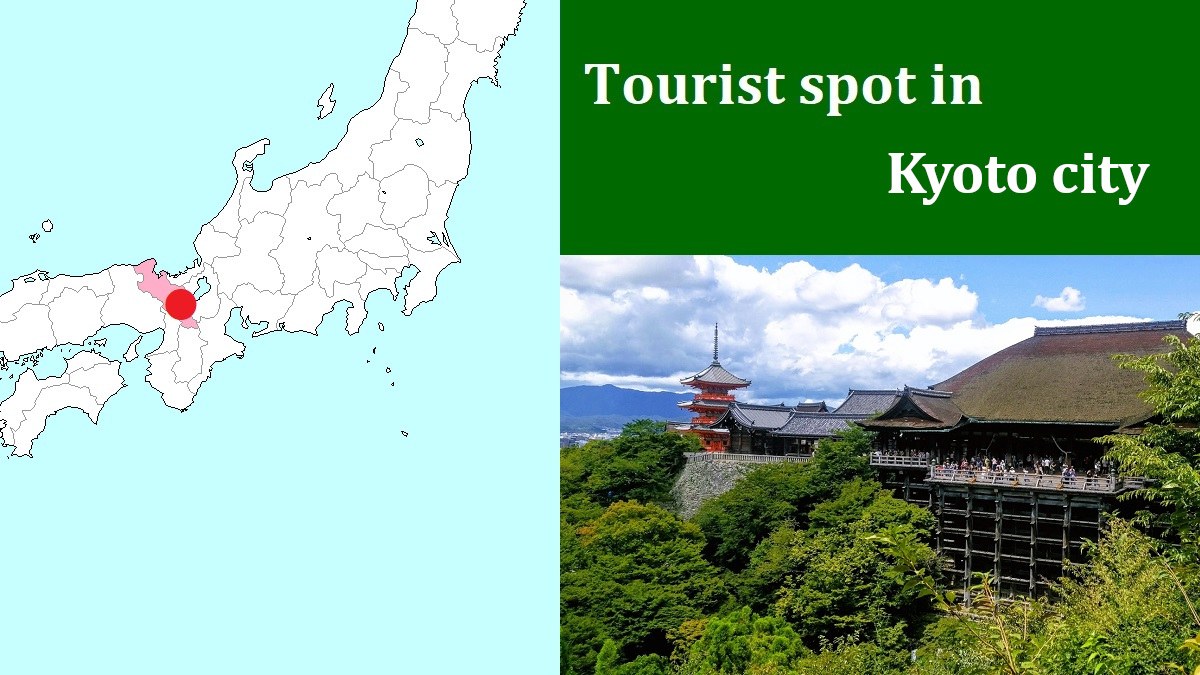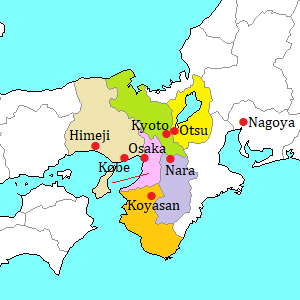Chion-in temple [知恩院]
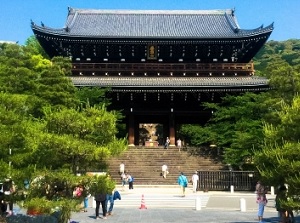
Sanmon gate of Chion-in
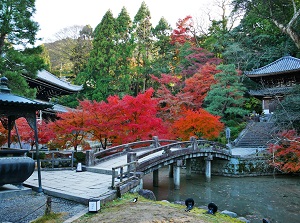
Precinct in Choin-in
Photo by Kyoto Free Photo
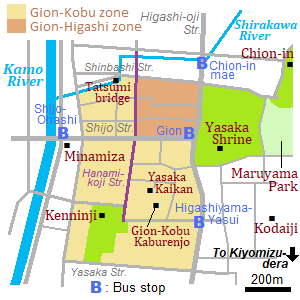
Chion-in is the main temple of Pure Land Buddhism (Jodo-shu), one of the major schools in Japanese Buddhism.
It is located about 0.6 km northeast of Yasaka Shrine, and there is Maruyama Park to the south.
The founder of Jodo-shu was priest Honen (1133-1212).
He had trained in Enryakuji temple on Mount Hiei about 10 km northeast of this temple.
He read the book written by Chinese high priest Shan-tao (613-681) who was the founder of Chinese Pure Land Buddhism, and he was strongly attracted by Pure Land Buddhism.
Then he left from Enryakuji to found first Japanese Pure Land Buddhism in 1175.
Since then, he had been lived in a small temple in the current site.
During his lifetime, he was persecuted by the other schools of Buddhism, and he had been exiled from 1207 to 1211.
After he came back here, he died next year.
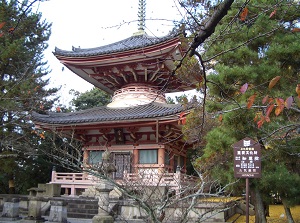
Tahoto pagoda in Chion-in
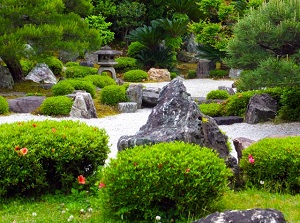
Japanese garden of Houjou in Choin-in
His small temple was saved by his disciples.
But it was destroyed by the followers of Enryakuji temple in 1227.
The new temple was rebuilt in 1234, and Emperor Shijo gave the name "Chion-in" to this temple.
Tokugawa Ieyasu, the founder of Edo Government and its first Shogun, was a follower of Jodo-shu, so he enlarged this temple from 1608.
More than 100 buildings were completed by 1641 in the time of Tokugawa Iemitsu, the 3rd Shogun and a grandchild of Ieyasu.
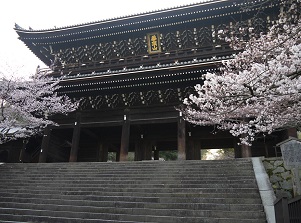
Sanmon in Choin-in
Photo by Kyoto Free Photo
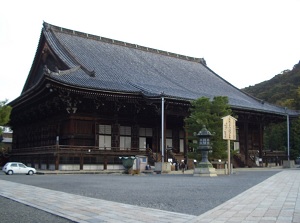
Mieido of Chion-in
The precinct of Chion-in is on the gentle slope of Higashiyama mountains. Some buildings in this temple are magnificent.
The huge entrance gate is Sanmon (三門).
It was built in 1621.
The height is 24 meters and the width is 50 meters, and it is the largest gate in Japan.
It is designated as a national treasure.
After going up stone steps, there is main precinct.
Mieido (御影堂) is the main hall of the temple.
It was built in 1639 and is also designated as a national treasure.
The great repairs was conducted from 2011 to 2019.
The height is 28.5 meters, the width is 45 meters, and the depth is 35 meters.
The image of Honen is enshrined in the hall.
Behind Mieido, there are some buildings such as Shûedo, Houjou, etc.
These are connected with corridors, and the total length is 550 meters.
When you walk on the floor, it emits a sound like nightingale.
It is said that the mechanism was for the alarm of suspicious persons.
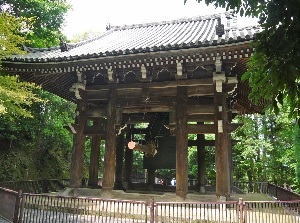
Daishoro in Choin-in
Photo by Kyoto Free Photo
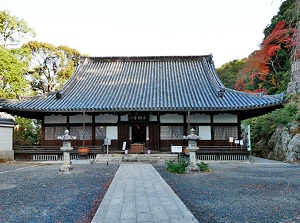
Seishido in Choin-in
Photo by Kyoto Free Photo
On a hill at the edge of the precinct, there is Daishôrô (大鐘楼).
It is a temple bell tower built in 1678.
The bell is 3.3 meters high and 2.8 meters in diameter, and the weight is 70 tons.
The bell was created in 1636.
This bell is rung only in the annual festival of Honen in April and on New Year's Eve.
Especially, the ringing on New Year's Eve is known nationwide.
17 priests strike the bell 108 times from around 22:40 to 0:00.
There is another precinct to the higher place of the main precinct.
In the precinct, there is Seishido (勢至堂) temple.
It is the oldest building in Chion-in and was built in 1530.
Honen had been lived around this place, and it is the birthplace of Chion-in.
How to get here
The nearest station of subway is Higashiyama (●T10 Tozai Line).
About 800 meters walk from the station.
Or, by route bus, from Kyoto station, about 23 minutes to Chion-in mae stop,

